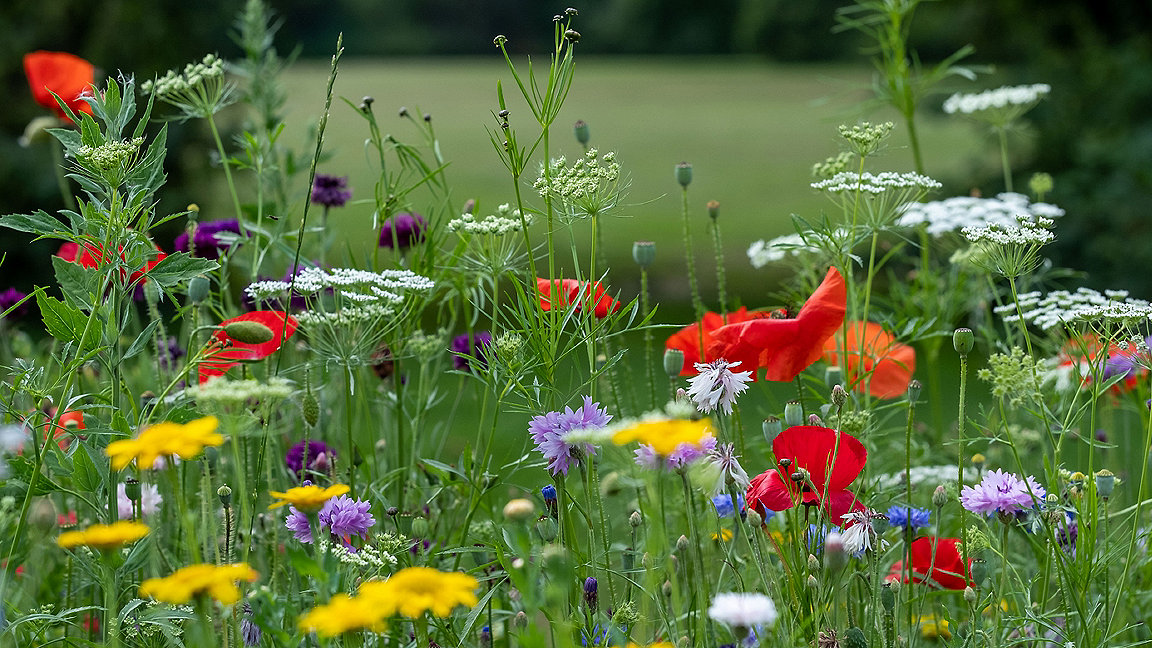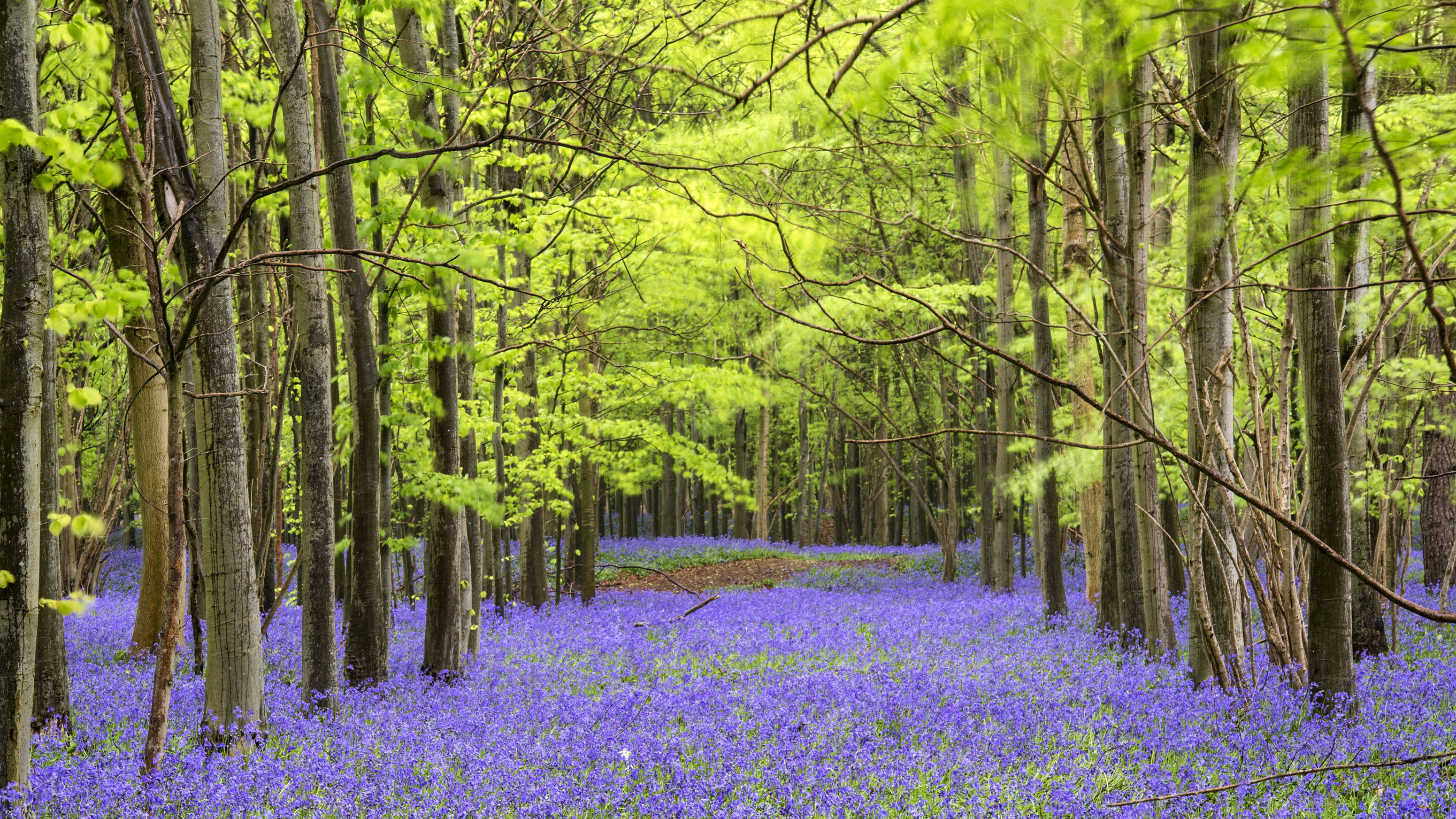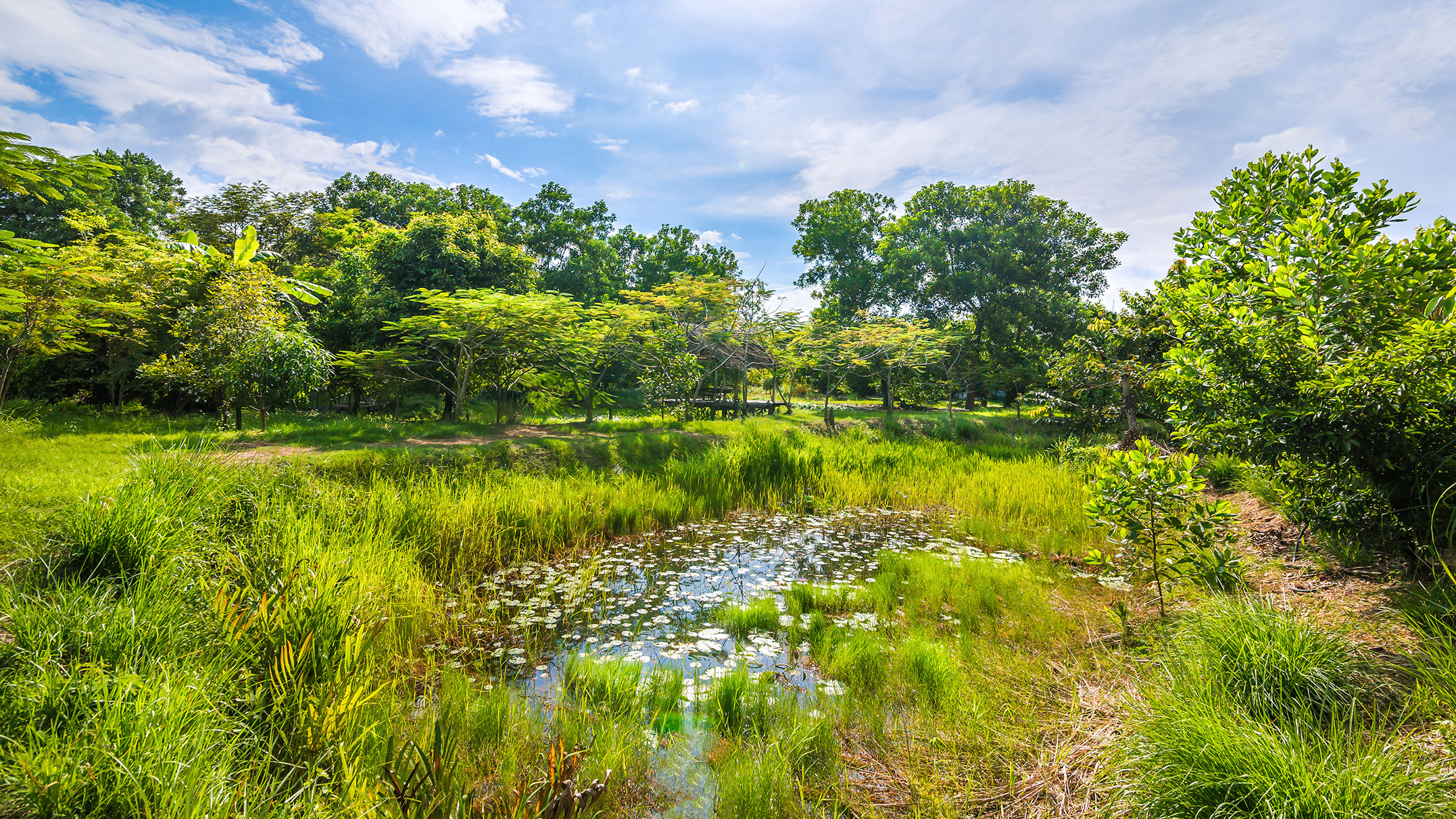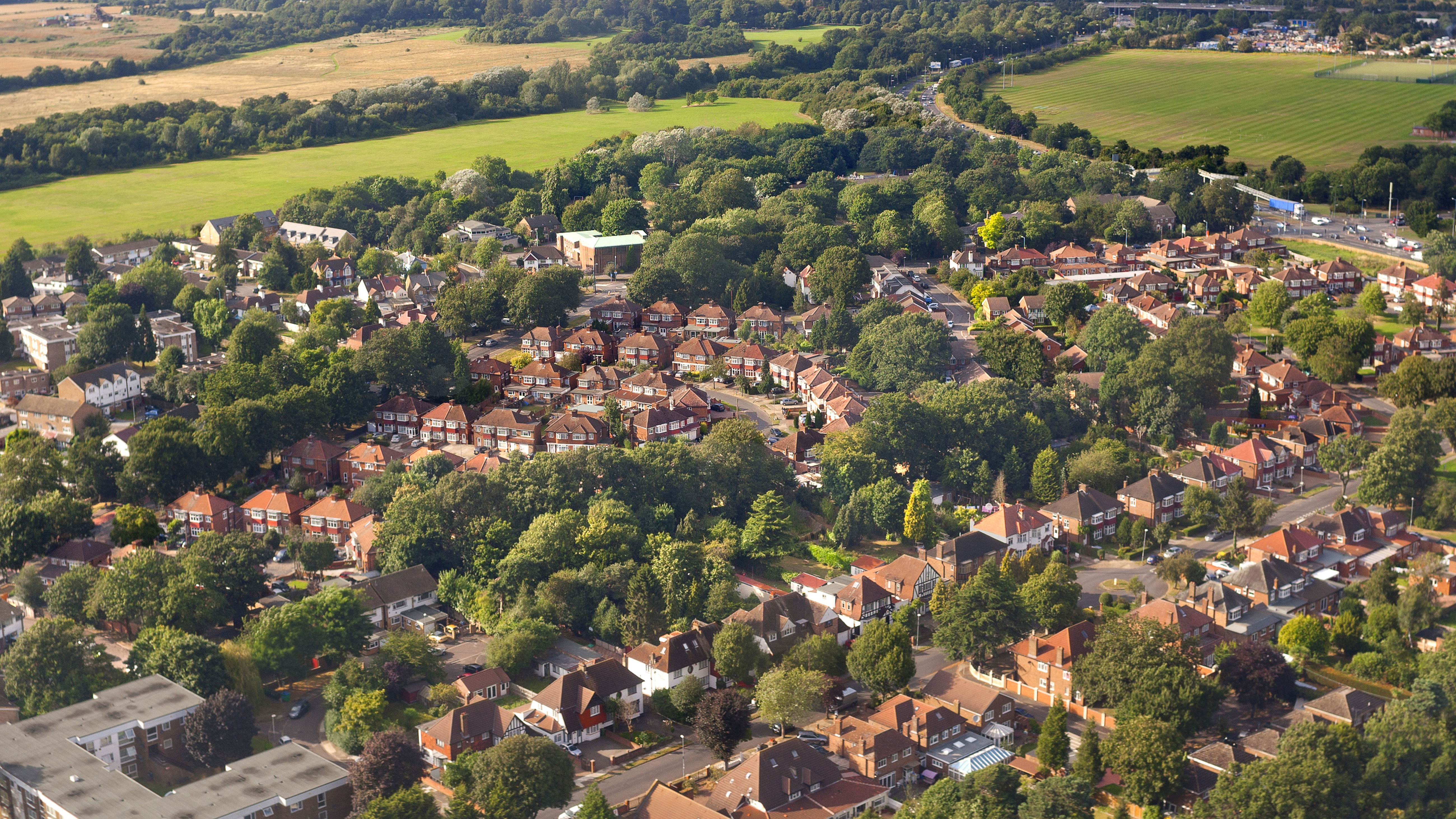
In recent years, biodiversity net gain (BNG) has soared up the political agenda. The Environment Act 2021 obliges developers to demonstrate at least a 10% net gain in biodiversity for all sites they build.
The act will ensure the planning system supports and protects the natural environment. Planning applications in England will now be subject to pre-commencement conditions for developers. To fulfil these, they will need to assess the type and state of habitat at the site of the proposed scheme.
A planning condition attached to the permission then obliges them to submit plans to enhance biodiversity by at least 10%. These plans must result in a measurable improvement in biodiversity across the development and maintain it for at least 30 years.
Where a 10% increase cannot be achieved on site, developers can improve biodiversity on other land. Alternatively, they could pay for an improvement off site or buy statutory credits to pay for the creation of new habitats. The act states that enhancement schemes may be enforced through section 106 obligations or conservation covenants.
Two recent announcements have clarified how BNG policy might work. In July, Natural England and the Department for Environment, Food and Rural Affairs updated Biodiversity Metric 3.0. The following month, BSI published BS 8683: Process for designing and implementing Biodiversity Net Gain. Specification.

Kieron Gregson
Metrics and mechanisms
Biodiversity Metric 3.0 measures losses and gains resulting from development and clarifies how landowners and developers measure the BNG units for the habitats they create. The biodiversity change is calculated by reference to the Biodiversity Metric, which uses a number of calculations to assess the biodiversity created by moving from one land use to another across a set area.
The update modifies and refines metric 2.0. Among other changes, it simplifies condition assessments and changes the way woodland and intertidal habitats are assessed. It adds sections allowing advanced or delayed creation or enhancement of habitats post-development, introduces a GIS integration data tool, and streamlines the process for calculating BNG on smaller sites. It also confirms that developments progressing under the former metric should continue to do so.
BS 8683 meanwhile sets out requirements for designing and implementing BNG. While not covering the provision of BNG, it offers a framework to show that a project has followed UK-wide good practice from design to legacy.
The requirements in the act, for developers to demonstrate at least a 10% net gain in biodiversity for all sites they build, will be phased in over a two-year transition period. The move to a mandatory system should, in theory, provide a more streamlined and transparent approach. However, most developers, building owners and managers are still not sure how it will work in practice.
Although details are still emerging, biodiversity credits and conservation covenants will be central to the new system. The conservation covenants will ensure that the natural benefit in a BNG plan is secured on the relevant site, binding the land in an agreement indefinitely.
The act also sets a preference for biodiversity enhancement on the site itself. Therefore, developers planning off-site BNG need to show that on-site options have been exhausted.


How off-site BNG might work
Where on-site BNG is not possible or financially viable, developers could partner with farmers and landowners who have scope for off-site provision. A farmer might, for example, take land out of arable production and create woodland or a wildflower meadow.
Natural England is developing a register of land used for BNG. This public document will enable users to connect every site with the development to which it relates. As well as ensuring transparency, this will minimise the risk of the same parcel of land obtaining BNG credits for more than one scheme.
Where offsetting is not achievable through private agreements, the government will allow developers to pay into a central fund. This will be used to finance larger-scale, nationally important biodiversity projects.
To administer the new policy framework, local authorities will require specialist advice on ecology, biodiversity calculation, valuation, verification, and site management. Advice will likewise be needed on implementation options and ongoing management. Trusted verification bodies, such as The Land Trust, will then be used to manage schemes over the 30-year period.
BNG: opportunities and considerations
Commercially, those who own and control land can benefit from the supply of biodiversity units. A range of bodies are expected to offer donor sites, including local authorities, wildlife trusts, farmers and private land and property owners.
Those who can provide such sites in a local plan period will be in a strong position to help developers offer off-site BNG. Sites could be designated for biodiversity net gain – similar to the process of land being designated as a Suitable Alternative Natural Greenspace (SANG) which is greenspace that is of a quality and type suitable for use as mitigation to offset the impact of new residential development.
Some schemes are already being pursued. For instance, agricultural land and some areas alongside both road and rail infrastructure schemes are being converted into a variety of parks, sustainable urban drainage systems, gardens and wildflower meadows.
As well as having a positive environmental impact, green spaces boost mental health and well-being. People living in towns and cities are therefore prepared to pay a premium to live near such spaces. Research by the Office for National Statistics in 2019 found that houses and flats within 100m of public green spaces are on average £2,500 more expensive than those more than 500m away. So perhaps even for developers looking to maximise profits, a development being green may actually increase values.

A more recent study from the Land Trust aimed to quantify on a national scale the value added to properties near the charity's sites. It finds that house prices are uplifted by an estimated £394m near trust-managed green space. Public support for nature also means many developers are aware of the reputational value of mitigating environmental damage, and of demonstrating how new schemes can enhance biodiversity.
However, mandatory BNG will invariably create complications and costs for developers in terms of money and time. If the 10% uplift is to be achieved on site, this decision may affect the number of dwellings built which could even affect the feasibility of the schemes themselves. Off-site donor sites then need to be purchased or leased. Additional costs for maintenance and management or a reduction in the net area that can be developed will all have an impact.
In a rapidly changing market and with so much detail still to be confirmed, it is not easy to know what to do now. Assessment of the development proposals against assets owned or planned will enable developers, landowners and land managers to consider the question of on-site or off-site viability at the outset.
Kieron Gregson is associate partner, planning and development, Carter Jonas
Contact Kieron: Email
Related competencies include: Agriculture, Land use and diversification, Management of the natural environment and landscape
